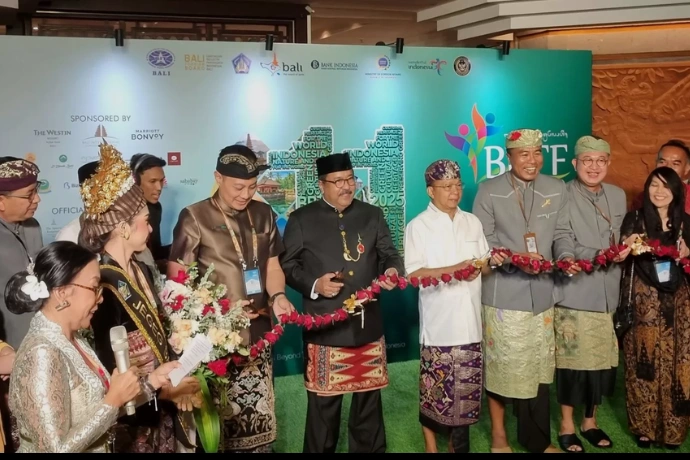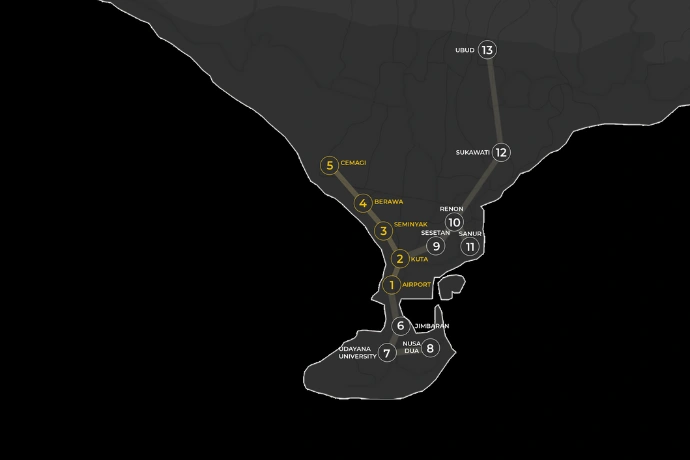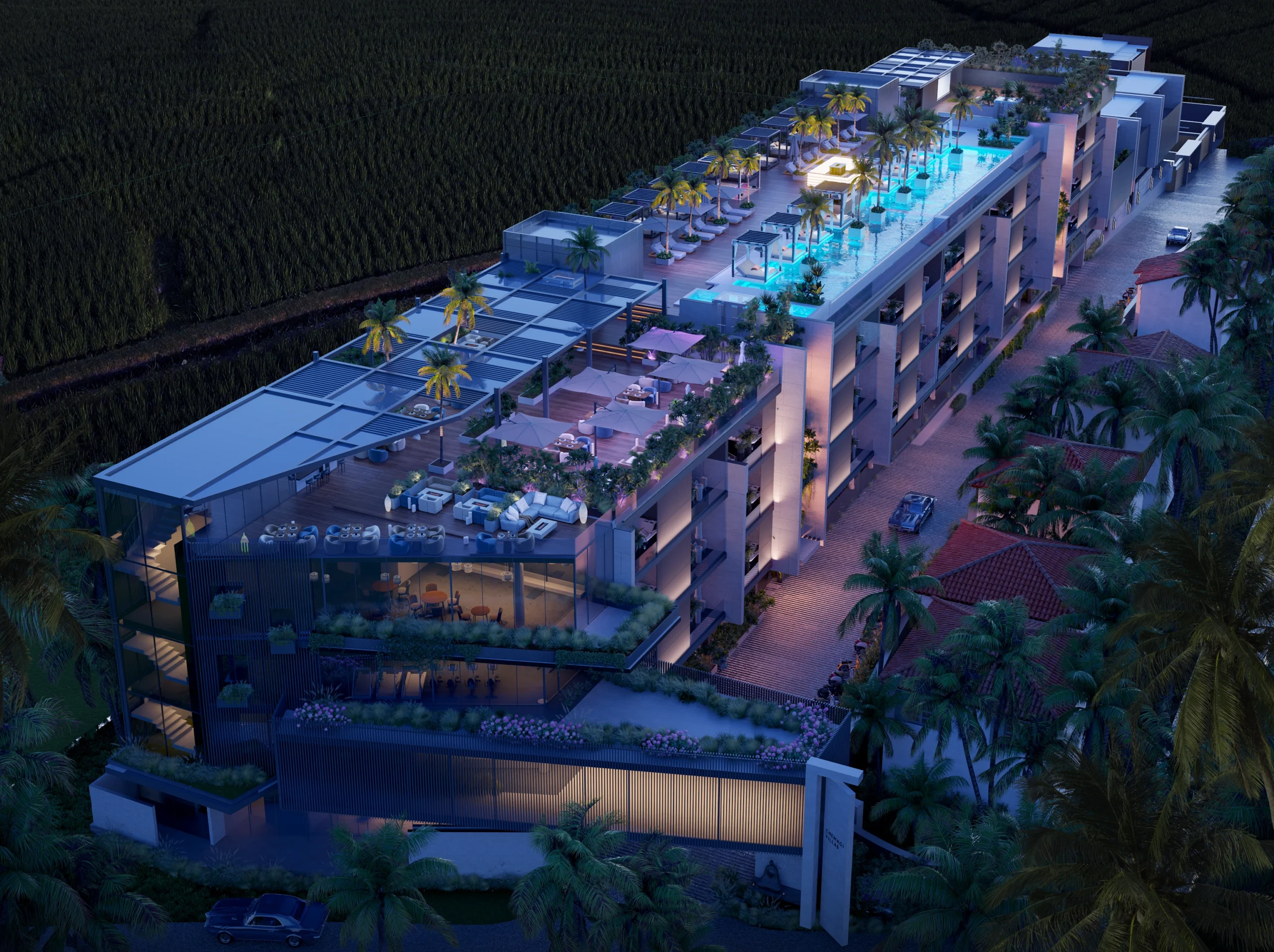- HOME
- ARTICLES
Bali MRT: Modernizing Mobility & Unlocking Investment Potential in a Rebounding Tourism Hub
- September 20, 2025
- Articles
REMARC GROUP
Bali, Indonesia – September 20, 2025
Bali is standing at a pivotal moment. Known as a world-class tourism destination, the island is also facing pressing challenges in infrastructure, mobility, and sustainability. The planned Mass Rapid Transit (MRT) project is set to be a game-changer transforming how people move, how the local economy grows, and how property investments evolve in the years ahead.

Why Bali Needs an MRT
- Congestion & long travel times
Popular hubs like the airport, Kuta, and Seminyak are often gridlocked, especially during peak tourist seasons. Travel times from Ngurah Rai Airport to central areas can take two to three hours. (Metro Rail Today)
This affects both visitors’ experiences and local productivity. - Tourism rebound & international arrivals
Post-pandemic, Bali has witnessed a strong recovery. From January to May 2025, around 2.64 million international visitors arrived up 9% compared to the same period in 2024. (Road Genius)
July 2025 alone saw nearly 697,000 arrivals, setting a new record. (Travel and Tour World)
This rebound increases the demand for efficient public transport.
Connecting key tourism & investment zones
Expansions will link areas like Ubud, Jimbaran, Nusa Dua, Sanur, and Cemagi. Efficient transit will improve accessibility, attract tourism, and raise property values in these corridors.

MRT Bali Project Phases
Based on government plans and media reports:
- Phase I (16 km): Ngurah Rai Airport → Kuta → Seminyak → Berawa → Cemagi. Target completion: 2028. (Metro Rail Today)
- Phases II–IV: Extensions to Jimbaran / Udayana / Nusa Dua, and further to Kuta → Sanur → Renon → Sukawati → Ubud, scheduled by 2031. (Wikipedia – Bali Urban Subway)
- Total network length: Over 60 km once complete. (Wikipedia)
- Partnerships: Backed by Jakarta’s technical expertise and foreign investment partners, including CRCC (China Railway Construction Corporation). (China Global South)
MRT Bali Project Phases
- Land & property appreciation
Properties near MRT stations often see higher value growth due to accessibility. - Rental demand surge
With more international visitors, well-located furnished properties close to transit corridors will attract both long-term tenants and short-stay renters. - Competitive ROI & payback
Projections suggest attractive ROI in high-growth areas, with some developments offering 11–14% returns and full payback in around 7 years.
Sustainability appeal
A modern transit system reduces traffic and emissions, aligning with ESG principles valued by today’s global investors.

Zen Luxury Complex
Located minutes from the beach and projected along Bali’s growth corridor, Zen Luxury Complex illustrates how investors can benefit:
- Offering fully furnished units with 11–14% ROI and 7-year payback, the project is positioned to capture demand from both tourists and long-term residents.
- With the MRT improving accessibility, such properties gain additional value from reduced travel times and rising desirability.
Conclusion
Bali’s MRT project is more than just infrastructure. It’s a catalyst for growth, connecting tourism, real estate, and community development.
For investors, understanding the project’s phases, timelines, and impact on tourism is essential for making strategic decisions. For locals, it represents an opportunity to reduce congestion, improve connectivity, and create a more sustainable Bali for the future.
- 2025 | All Rights Reserved.